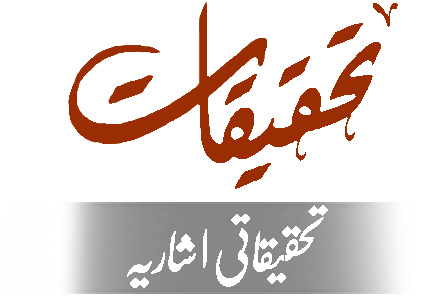مقالے کی معلومات
جلد
شمارہ
مقالے کی قسم
زبان
تلخیص
Cross-cultural interactions are highly demanding, as they require the participants to have
sufficient knowledge of each other’s’ culture, lack of which can act as an obstacle in
successful communication. It is through cross-cultural communication and the problems
that arise through it, which makes one realize that sharing a common language is not a
guarantee that the communication would be carried out smoothly. There is something
beyond language which has to be mastered to sustain the thread of communication in
cross-cultural or intercultural contact. This inter-cultural contact can be either between
two culturally diverse societies when people travel from their place of origin to another
country for a specific purpose and a limited period of time or among people belonging
to ethnically diverse groups within multi-cultural societies, like Pakistan. The current
paper focuses on both the types of cross-cultural communication. The aim of this paper
is twofold: to make the local people aware of culture specific norms that operate within
different ethno-linguistic groups belonging to different regions of the country, and to
familiarize foreigners with different communicative norms that constitute what is known
as Pakistani culture. The paper ends with a few suggestions that can help minimize
chances of miscommunication among culturally heterogeneous groups.
Shumaila Shafket Ali. (2013) PAKISTANI CULTURE: UNITY IN DIVERSITY OR DIVERSITY IN UNITY?, Journal of Social Science and Humanities, Volume 52, Issue 2.
-
Views
875 -
Downloads
134


